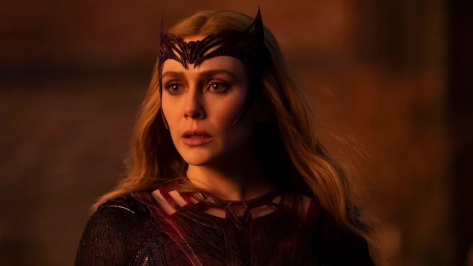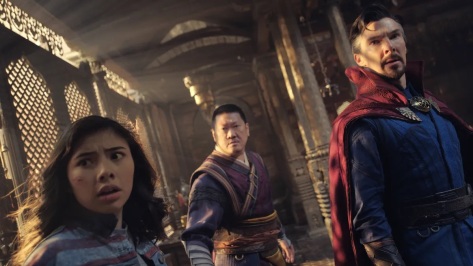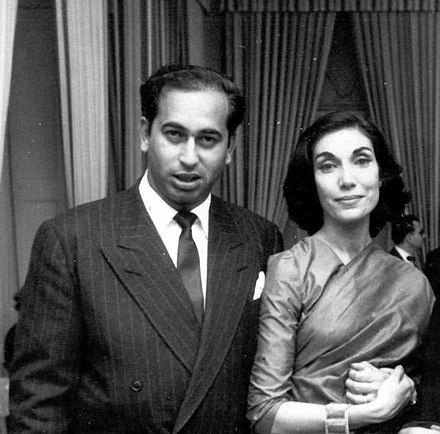THE AGING CRAWLEYS
In 1928, the Crawleys meet with two unexpected events knocking at their door. One is an opportunity to boost their finance when a film production company requests to use their estate for a silent film. Two, Lady Violet, the Dowager Countess of Grantham, astounds the family when she reveals that she inherits a villa in France that was given to her by the recently deceased Marquis de Montmirail. To unveil the mystery, Robert and Cora travel to France and hand over the headship to Lady Mary to look after the estate and host the film crew.
Twelve years of legacy of this British cult Downton Abbey that all started as a television drama on ITV back in 2010 and was followed by the first feature film in 2019 has kept its loyal fans like me occupied on our chairs and enjoying the beautiful artistry of their aristocracy. One aspect that was maintained throughout their presentation is that the show remained persistent in facing not only emotional but economic and political challenges. Just like the television drama and the first film, Downton Abbey: The New Era emphasized the changing times testing the old and traditional family.
LADY VIOLET’S CHARACTER DEVELOPMENT
There is a chance that the Downton Abbey-loving audience may get less motivated towards the plot of this film because both the events challenged in this film to the Crawleys may be assumed quite dramatic because these things neither occurred nor hinted at the future. The fan-favorite character of Lady Violet was assumed to die due to old age but the news she broke to the family after watching this drama for twelve years looked like a pretty forced attempt of writing in order to conclude this character. So revealing the news of her French inheritance is eyebrow-raising for me.
Why? If I assess this matter, perhaps will stretch at length but in short, the Crawleys, in the middle of the story met a severe financial crisis to the extent that they decided to cut the working staff. If the dowager knew about her inheritance for a long time, why didn’t she help out Robert when needed. If she came to know in this film in 1928, that’s the other thing.
But the death of Lady Violet’s character is a wise idea because I am not sure if Downton Abbey will continue to the third film although the story has the potential to continue to represent the Crawleys until the second World War if not the whole century. But it is the richness of Julian Fellowes‘ writing that I am concerned about, who is 72 already. How long can he continue storytelling us? What if he breathes his last during the continuity of Downton Abbey? I cannot imagine someone replacing his writing in the middle. After all, this Downton Abbey is his creation and needs to conclude one day. The same applies to Maggie Smith who is 87 at the time of writing this review. Therefore, killing the old character of the dowager was the right decision.
WAS FILM SHOOTING IN THE PLOT THE RIGHT IDEA?
This Downton Abbey film was particular to highlight the silent film industry business that reached the estate of the Crawleys. Shan’t film shooting be avoided and continued with a different plot? Here, there are two methods of judging this film. One is that the film didn’t need to show filmmaking and proceed with the familiar character developments. The audience may think that Julian Fellowes could have escaped the idea of shooting a film inside the estate for the sake of decent humor. Or the film definitely needed to show the change which was either acceptable or not to the old-age aristocratic family who has been facing economic, political, and social challenges. I support the latter.
Why? Because just like the Crawleys faced different events between 1912 and 1926, the art of filmmaking in the very same period was also meeting a change in the direction of the British winds. Many viewers may have not observed the sequence of shooting a silent film turning into sound after Lady Mary pinches the idea to the director that much of this is largely inspired by the making of Alfred Hitchcock‘s 1929 film ‘Blackmail‘ which is the first sound film in British filmmaking history. Blackmail was supposed to be a silent film but the producer let Hitchcock make some portions of the film in sound. But Hitchcock decided to make the entire film talkie. Just like depicted in Downton Abbey, Blackmail had a leading actress with a weak English accent and was dubbed by someone else. Moreover, Downton Abbey’s executive producer Gareth Neame is the grandson of Ronald Neame and was the assistant cameraman for ‘Blackmail’ before he established a prominent name in the film industry.
CLOSING REMARKS
Should Downton Abbey continue from here? I would love to see Julian Fellowes writing more about the Crawleys until the end of the Second World War if he guarantees that the aesthetics and quality will not compromise at all. Overall, Julian Fellowes offers another masterpiece presentation of the Crawleys with the visible ‘New Era’ elements. The loyalists of this drama will understand the film and praise it highly.
RATINGS: 8.2/10
SUBSCRIBE TO MY YOUTUBE CHANNEL AND WATCH MY FILM REVIEW HERE
FOLLOW ‘THE DARK KNAIK’ ON OTHER SOCIAL PLATFORMS
TIKTOK https://www.tiktok.com/@thedarkknaik
FACEBOOK https://www.facebook.com/thedarkknaik
INSTAGRAM https://www.instagram.com/thedarkknaik/






































